-
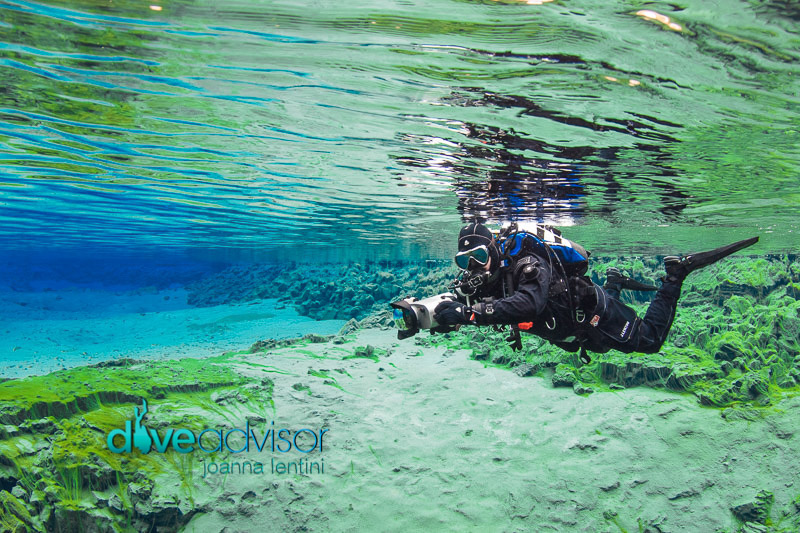
Diving Silfra
Dry Suit Diver exploring Gruner See in Austria -
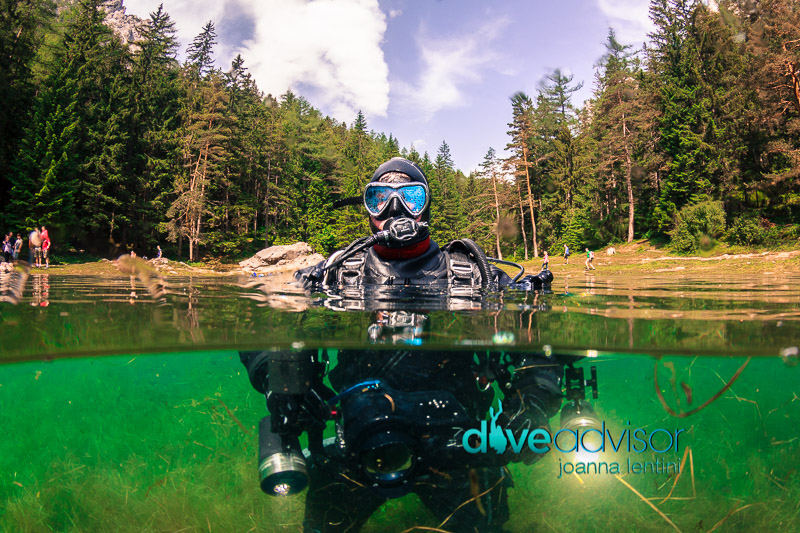
Gruner See, Austria
Dry Suit Diver at Gruner See, Austria.
10 Essentials for Cold water Comfort
We all know there are things you are taught in a textbook and then there are things we learn by doing. We thought that rather than learn these tips as you go, you would prefer to learn them beforehand. So, we have compiled the following list of ten essentials that would make any new dry suit diver a bit more comfortable in cold water conditions.
10 Essentials for Cold Water Comfort:
1) Lip Guard for Regulator: Lips can be very sensitive to cold water and protecting them while diving can help keep your lips warm and your regulator in your mouth! Purchasing a spare is a great idea as they can pop off easily as you clean your gear.
2) Fleece/Nylon Beanie: Serves two purposes. First, it adds an additional layer of warmth under your hood, and secondly, if you have a sensitive scalp it will protect your hair from pulling when you slip on your thicker hood. If you don't need the extra warmth, a nylon beanie will drastically reduce the pain from hair pulling.
3) Thermos of Hot Water: Both for post-dive hand treatment as well as for anyone using three-finger, wet mitts. The hot water will keep your fingers warmer a bit longer and can help ease your hand into stiff wet gloves.
4) Talcum Powder: This will help with any difficulties you may have putting your hands through the wrist seals and hopefully prevent them from tearing.
5) Spare Wrist Seals: If you are new to drysuit diving, and own your own suit it is a good idea to pack a couple of extra seals just in case one breaks. Many suits can be quickly repaired while others may need to be returned to the manufacturer.
6) Plastic gloves: If you have ever tried putting on wet mitts (especially new mitts) you will be forever grateful for this little miracle. With thin plastic gloves, brand new mitts will easily slip on and off.
7) Hand Warmers: If you use dry gloves, you could place hand warmers inside them to keep your hands toasty. They will last you an entire dive.
8) Ankle Weights: Weighing your legs down will prevent too much air seepage and feet-first ascents to the surface. The weights not only keep your feet down but also help spread the additional weight which is needed for drysuit diving. They can help lighten the heavy load on your hips and avoid back trouble.
9) Lubricant: If you use a silicone neck seal, a bit of water-soluble lubricant will protect your neck from a seal burn. If you've ever seen a red, irritated ring around someone's neck after diving, you'll agree a bit of jollop is a must-have.
10) Warm Hat and Gloves: Post-dive warmth is key. While your body generally remains warm and dry, your head will be wet and exposed and therefore in need of some protection. A warm, water-wicking hat which covers your ears is ideal for chilly surface intervals and long, windy boat rides back to the dive shop. Just throw it inside your dry suit and you'll have it ready to go once you degear.
Featured Posts
-
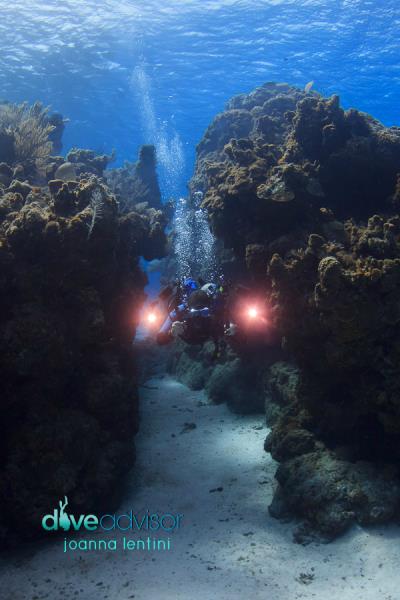
Zip Diving in little cayman
Have you ever wished for a little extra boost underwater? Perhaps you are exhausted and your legs need a break or maybe you would like to further propel your fin kicks to keep pace with some elusive marine life. There are ma...
-
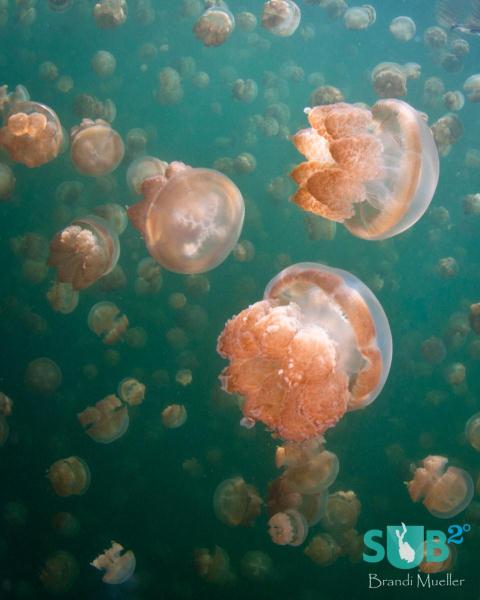
Jellyfish Lake in Palau
Snorkel with millions of non-stinging jellyfish in Palau's Jellyfish Lake.
-
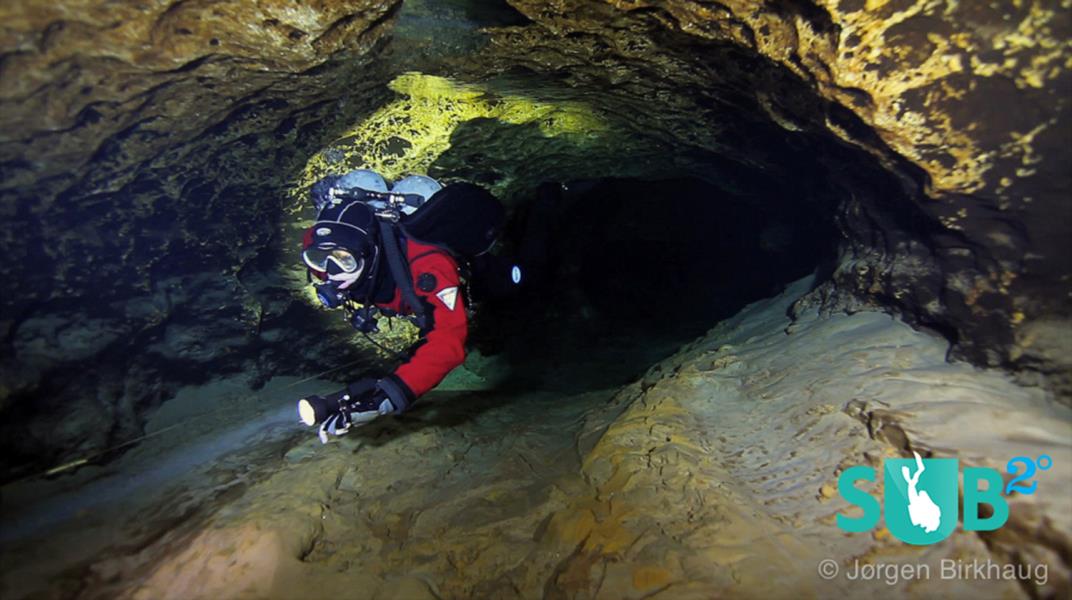
Cave Diving in Florida
Florida is one of the world’s premier destinations for cave diving and Devil’s Eye cave system should be on any cave divers list of places to dive when visiting the region.


Load more comments